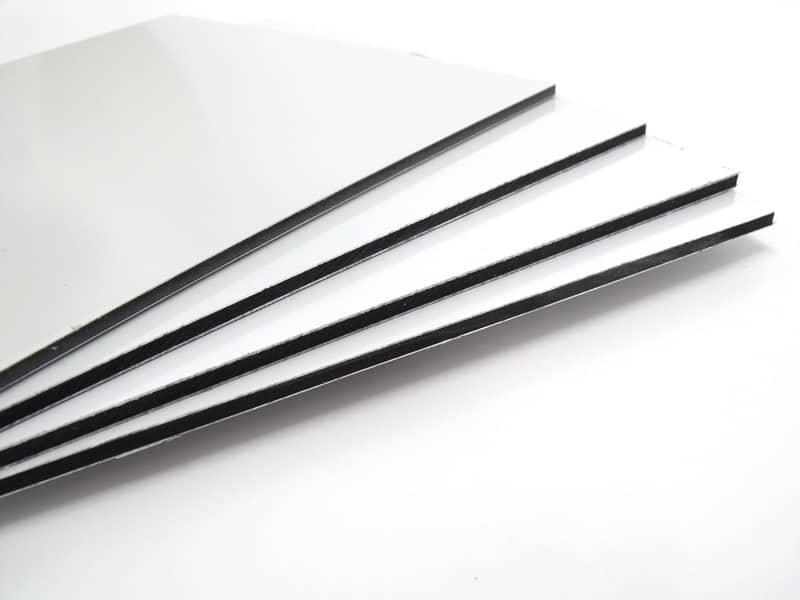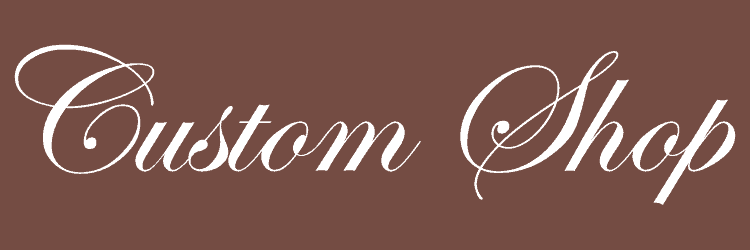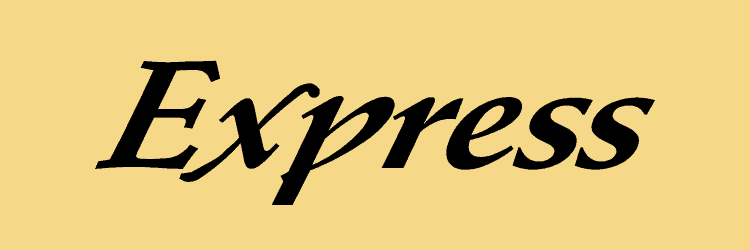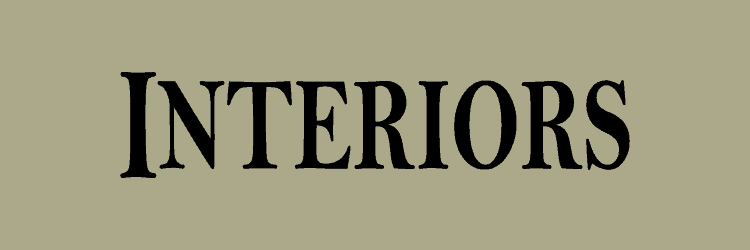Materials
We use a wide variety of both modern and traditional materials in all of our sign products. Typical wood signs have been replaced with signs made out of HDU or PVC that have added longevity and durability. Explore the most common materials Easy Sign uses below:
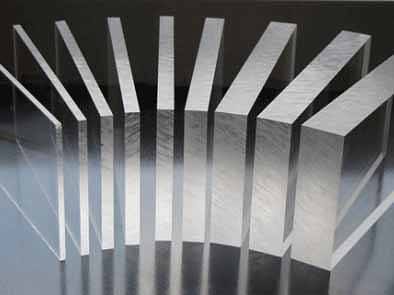
Acrylic is a clear thermoplastic material that is often used in interior displays or in illuminated signage. This material offers a sleek modern feel commonly desired in high quality interior signage. It is shatter resistant but can still break when exposed to extreme temperatures and conditions. Translucent paints and vinyl can be applied to acrylic to create images that can be backlit.
Corrugated Plastic, sometimes called Coroplast, is a fluted polypropylene material. It's similar in structure to the cardboard found in boxes which gives the thin plastic sheets rigidity and longevity. Vinyl graphics and prints are easily applied to this material and we frequently use it for producing yard signs and temporary site signage.
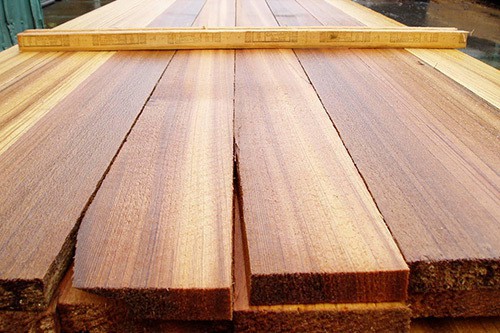
Hardwoods are a traditional sign making material that can be beautiful when finished correctly. Before modern materials were common, wood was the standard across the sign industry. In modern times, we generally substitute other materials such as HDU or PVC in a lot of the places where wood was once used due to the extended lifespan of those materials. We generally only used hardwoods in interior displays.
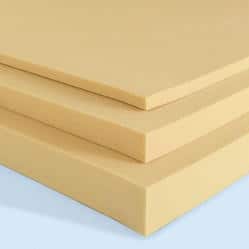
High Density Urethane, or HDU, is an extremely versatile modern foam material. This material is highly carvable, long lasting, and paints well. We used this material in almost all of our highly carved Level-2 and Level-3 signs. HDU comes in a variety of thicknesses and densities that can be chosen from to balance longevity and costs.
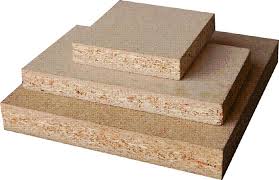
MDF, or Medium Density Fiberboard, is a composite wood panel made by glueing wood particles together under extreme pressure. MDF is commonly used in cabinet making but has a place in the sign industry as well. MDF routes relatively well and can be used as a structural material in signage.

Medium Density Overlay, or MDO, is an excellent outdoor material with a lifespan of up to 7-8 years if painted and treated properly. The panel is a plywood with a weather resistant layer as the outside layer. Unlike many of the modern materials it can be used alone as a structural panel. However, it is a wood product and is prone to absorb water through the edges. Most often used for temporary signage in real estate applications or many other industrial and commercial applications.
Polycarbonate, or Polycarb, is a thermoplastic similar to acrylic. However, polycarbonate is a more flexible material and does not have the same clarity as acrylic. Polycarb is most often used in illuminated aluminum sign cabinets. It can also be vacuum formed to create dimensional sign faces.
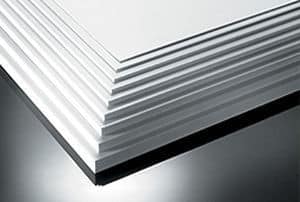
Polyvinyl Chloride, more commonly called PVC, is a synthetic plastic polymer that is extremely durable. PVC is commonly known from the construction industry where it is used as siding on houses and other buildings. While it is the same material, we use thicker sheets of PVC in many of our products. PVC accepts vinyl graphics and prints very well and can be routed with ease. PVC is very structurally sound and is a major component in our Easy Post sign systems along with many of our other sign products.

Pressure treated wood is used in a variety of ways in our shop. Treated wood is a common structural material that we use in sign frames and cabinets. It is very rare that we use treated wood in any part of a sign that is exposed to the elements.

